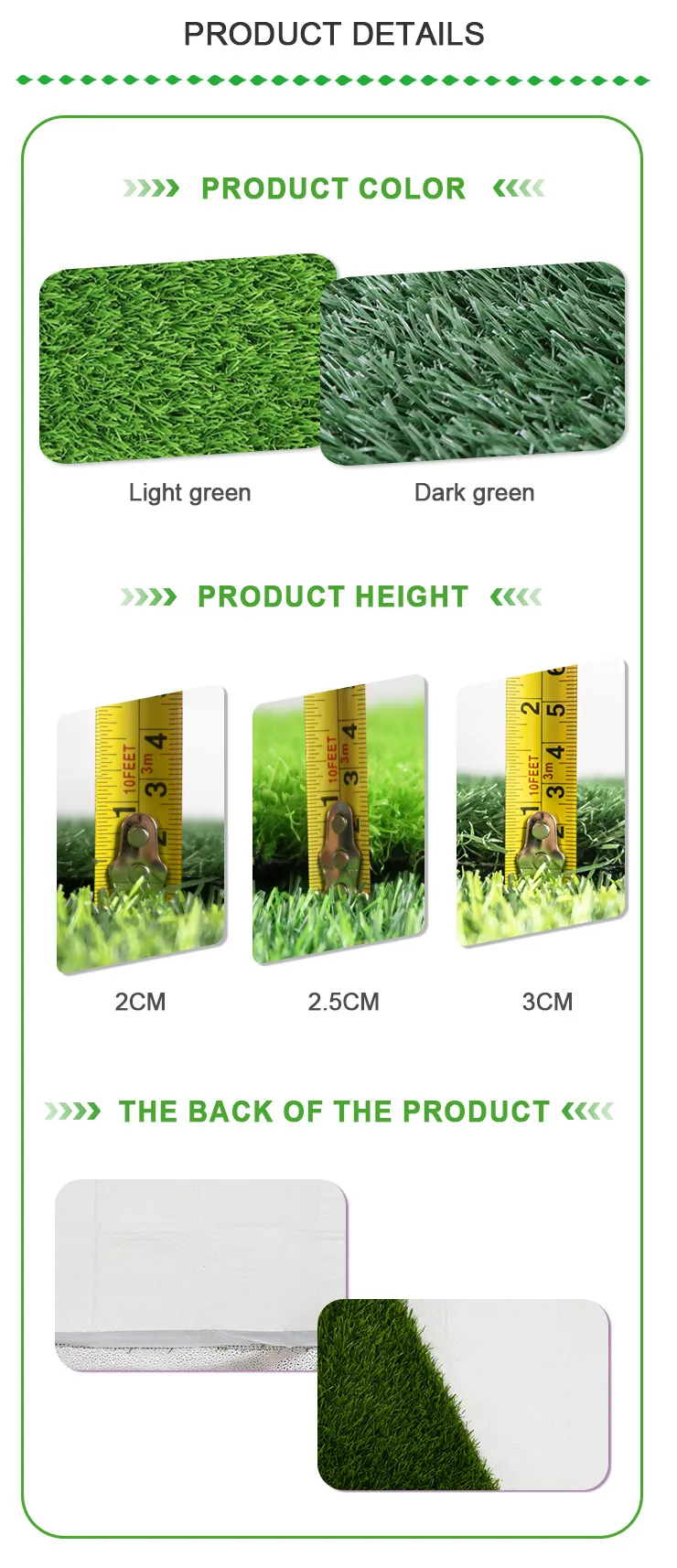
- Afrikaans
- Arabic
- Belarusian
- Bengali
- Czech
- Danish
- Dutch
- English
- Esperanto
- Estonian
- Finnish
- French
- German
- Greek
- Hindi
- Hungarian
- Icelandic
- Indonesian
- irish
- Italian
- Japanese
- kazakh
- Rwandese
- Korean
- Kyrgyz
- Lao
- Latin
- Latvian
- Malay
- Mongolian
- Myanmar
- Norwegian
- Persian
- Polish
- Portuguese
- Romanian
- Russian
- Serbian
- Spanish
- Swedish
- Tagalog
- Tajik
- Thai
- Turkish
- Turkmen
- Ukrainian
- Urdu
- Uighur
- Uzbek
- Vietnamese
Benefits of Using Artificial Grass in Batting Cages for Improved Performance and Safety
Nov . 10, 2024 10:41 Back to list
The Advantages of Artificial Grass for Batting Cages
In the world of baseball and softball training, ensuring that players receive the best possible practice experience is paramount. One of the key components that contribute to an effective batting practice is the surface on which players train. Traditionally, natural grass has been a common choice; however, artificial grass has emerged as an increasingly popular alternative. This article explores the numerous benefits of installing artificial grass in batting cages, highlighting its practicality, safety, and overall performance enhancement for players.
Durability and Maintenance
One of the most significant advantages of artificial grass is its durability. Natural grass requires extensive care, including regular mowing, watering, and fertilization. In contrast, artificial grass is built to withstand the wear and tear of consistent use without showing signs of degradation. Batting cages, particularly those that experience high traffic, benefit greatly from this durability. Coaches and facility managers can rest assured that their training surface will remain consistent and reliable throughout the season, even under the rigors of daily practice.
Additionally, maintenance of artificial grass is minimal. Unlike its natural counterpart, which may become muddy and uneven after rain, artificial grass drains efficiently and retains its shape. With occasional brushing and a hose-down to remove debris, artificial grass remains in excellent condition year-round, allowing players to focus on their training without the distraction of poor field conditions.
Consistency and Performance
When it comes to training, consistency is key. Artificial grass provides a uniform surface, ensuring that players have the same playing conditions every time they step into the batting cage. This consistency is critical for developing muscle memory, as players can practice hitting without worrying about variations in the turf that could affect their swings.
Moreover, artificial grass is designed to mimic the feel of natural grass while providing superior performance features. Many types of synthetic turf are engineered for enhanced ball bounce and roll, giving players a realistic experience that closely resembles actual game conditions. This improved interaction with the ball can lead to better batting techniques and more precise contact, ultimately resulting in improved performance during games.
artificial grass for batting cage

Safety First
In sports training, safety must always be a top priority. Artificial grass is a safer alternative to traditional grass, particularly in batting cages where players are at risk of slipping or falling. Many modern synthetic turfs are manufactured with advanced shock-absorbing materials that reduce the impact on joints during play, thereby minimizing the risk of injury. Additionally, these surfaces are less likely to develop holes or uneven patches that can pose tripping hazards.
Furthermore, artificial grass is often made from non-toxic materials, making it safe for players of all ages. Parents and coaches can feel confident knowing that their athletes are training on a surface that prioritizes safety while still promoting effective skill development.
Environmental Considerations
While the construction of artificial grass can have environmental implications, it is essential to note that many manufacturers are now producing eco-friendly options. These versions often use recycled materials and are designed to reduce water consumption, as they do not require irrigation like natural grass. By choosing artificial grass, facilities can play a part in promoting sustainable practices while ensuring optimal training conditions.
Conclusion
In conclusion, artificial grass has proven to be an invaluable resource for batting cages, offering numerous advantages that enhance the training experience. From its durability and minimal maintenance requirements to its consistent performance and safety features, synthetic turf provides an optimal environment for players to hone their skills. As the world of sports continues to evolve, the adoption of artificial grass in batting cages is a step toward improving training outcomes and fostering player development in a safe and effective manner. Whether for a professional facility or a backyard setup, artificial grass stands out as an excellent choice for serious baseball and softball players alike.
-
The Benefits of Artificial Turf for Indoors
NewsJul.15,2025
-
How Artificial Grass Suppliers Ensure Quality Products
NewsJul.15,2025
-
Artificial Grass and Pets: A Space for Relaxation
NewsJul.08,2025
-
Balcony & Outdoor Decoration with Artificial Grass
NewsJul.08,2025
-
Best Indoor Artificial Grass for Home
NewsJul.07,2025
-
Best Pet Turf for Dogs: Safe & Durable Artificial Grass Options
NewsJul.07,2025
Products categories









